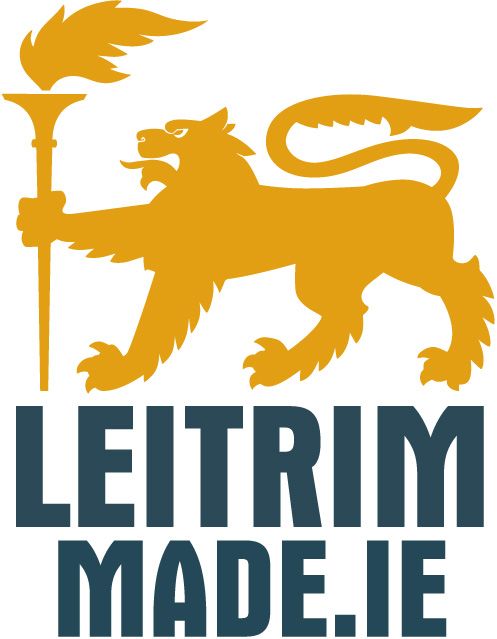The maintenance of railways worldwide is often challenging due to limited roadway access, prompting the development of various types of personal carriers, mainly in Europe and the USA.
RAILCARS
In Ireland, the UK, and Europe, these railway personnel carriers were called “Railcars or Gang Trolleys.” In the USA, they had various names, including section car, railway motor car, putt-putt, track-maintenance car, crew car, jigger, quad, trolley and inspection car.
These vehicles were powered by petrol and diesel engines and featured open sides for easy crew and equipment access. Later models added side curtains and windscreens for weather protection.
++
Support our work in preserving stories of Irish transport heritage for just €2 per month https://www.facebook.com/IrlMade/subscribe/
++
WICKHAM COMPANY
Introduced by D. Wickham & Co. of Ware, Hertfordshire, UK, the Wickham railcar was initially designed for track inspection and maintenance. Wickham’s first railcar, built in April 1922 for the 3 ft 6 in (1,067 mm) gauge Taltal Railway in Chile, featured a Dorman engine and two transverse bench seats with reversible backrests, allowing occupants to face forward while travelling in either direction.
Despite being designated as Type 10, it carried the works number 1. Each type offered different body styles: railcar/ gang trolleys for quick access or inspection saloons for weather protection.
Early models of the maintenance railcar/ ganger’s trolley commonly used a single-cylinder or vee-twin air-cooled JAP engine. These engines drove through a large flat flywheel and a friction drive system.
In larger models, a four-cylinder motor car engine (like the Ford E93A and later Ford 105E) supplied power through a standard three-speed gearbox to a final chain drive transfer gearbox, which included forward and reverse selection.
Subsequent developments by Wickham included tool carrier railcars, crew welfare units with diesel generators, air compressors, and various other railway-related equipment. This evolution culminated in the Type CT50C, which had a cabin for up to 16 people, a six-cylinder diesel engine, hydraulic crane, a chassis payload of 10 tonnes, and a trailing load of 200 tons.
It is estimated that Wickham produced up to 12,000 railcars in various configurations. These were exported either fully assembled or as CKD kits (Complete Knock Down) to rail systems worldwide, spanning Africa, Asia, and South America.
Can anyone confirm if Wickham railcars were brought new to Ireland?
++
SUBSCRIBE to Ireland Made for two new Irish transport videos each week
++
WICKHAM VARIANTS
Wickham achieved significant success in railcar production, notably with the Type No.27 Gang and Inspection railcar used on British Railways. Introduced in 1948, over 600 units were built between then and 1990. The company also built several unusual variants, including 255 adapted railcars in the late 1930s for military use as unmanned target vehicles for anti-tank training. These railcars carried tank silhouettes and featured armour for shrapnel protection, powered by a 1,323 cc V-twin JAP engine with fluid-flywheel transmission.
In 1952 forty-two armoured Type 27 railcars were built for the British Army during the Malayan Emergency. These units were equipped with a machine gun turret from a Ferret armoured car to protect narrow gauge rail lines from communist insurgents’ sabotage.
Alongside railcars, the Wickham company manufactured larger passenger railcars, coal mine man-riding cars, steam cleaners, rail grinders, and construction site hoists.
DROMOD
The Cavan and Leitrim Railway Museum in Dromod, County Leitrim, has restored their 1964 Wickham Railcar to full working order. Number W6/ 11 – 4 (Works number: 9673) arrived into the collection in November 1996 having formerly been with the 3ft Lochaber Narrow Gauge Railway in Scotland, where it was used for inspection duties, including a section of railway going up Ben Nevis.
This is the second Wickham railway vehicle that we have featured on Ireland Made, check out our video: “Reanimated Pump Trolley”
CAVAN & LEITRIM RAILWAY
In 1992, Michael Kennedy and volunteers saved the Cavan & Leitrim Railway by inspecting the defunct Dromod station were they found the original railway building, water tower, and engine shed. They purchased the station building, site, and some track bed.
After 30 years of continuous restoration, this heritage rail system and rolling stock are now preserved. Visit the Cavan & Leitrim Railway Museum in Dromod, Co Leitrim, to experience a working railway firsthand. See ‘Nancy’, the 1908 Avonside-built 3ft gauge steam locomotive up close, along with the ‘converter design’ Geoghegan Steam Engine No. 22 and restored railway buildings there is also a Tralee & Dingle Railway 3rd class carriage 10T, dating from 1891.
The museum collection features railway bicycles, Aer Corps planes, a restored DC-7C Long Range Airliner cockpit, jet engines, fire brigades, a GNR Gardner bus from the movie Dancing at Lughnasa, trucks, an armoured car, a display of aero engines like the 835 hp Bristol Pegasus, and even a homemade yellow submarine!
Volunteers recently began a restoration on a recent acquisition, a 1986 Bord na Mona (“The Peat Board”), Hunslet MK2 LM384.
Sources of Information and Photo Credits:
Bill Hyde collection
Encik Kacang
H. Stevenson
tunteddy.blogspot
Wickham of Ware: A History of D. Wickham & Company, Railcar Manufacturers – John Cooper
zureuel.blogspot
If you have a story to share, email Kevin Reid [email protected]


